
Claiming Tax Relief When You Work From Home
Working from home can be a cost-effective and convenient option for lots of self-employed people, removing the need to pay for additional premises (or travel to them!).
Claiming expenses for running your business from home can be a bit complicated though, with different methods for working out your expense claim, and slightly different rules depending on whether you’re a sole trader or have a limited company.
We’ll use this article to explain how to work out your home-working expenses and claim them against your tax bill.
What counts as a working from home expense?
You’ll normally be able to claim the proportion of additional household expenses which relate to your business, such as:
- The cost of lighting and heating your work area
- Repairs which are necessary for your business to operate. If you make repairs to the entire property, you’ll need to work out the proportion which applies to your business.
- Utilities
Some costs depend on whether you’re a sole trader or a limited company. Operating as a sole trader means you are your business, but a limited company is a separate legal entity to you as the director – so you’re treated as an employee.
It’s an important point because employees aren’t allowed to claim tax relief on ‘fixed costs’. These are things you would need to pay whether you run your business at home or not, such as rent, Council Tax, or interest on your mortgage repayments.
There are other considerations for limited companies, such as whether or not your internet connection is billed to your company’s name or your own. If there’s any personal usage but your company is paying the bill, it will be considered a benefit in kind so you’ll need to pay tax on it. It’s a complex area, so have a chat with your accountant if you need help.
How do I calculate expenses for working from home?
There are a few options for working out your expenses claim if you use your home for work:
- Claim simplified expenses using HMRC’s flat rate – but only if you work 25 hours or more from home each month. This option isn’t available for limited companies but an employee or director can claim them from the company as a ‘reimbursement of expense’, which the company can then save tax on.
- Work out the actual costs which relate to your business and claim tax relief on those. Any type of business structure can use this method.
- Renting your home office to your own limited company. Your company will include this as an expense in its Company Tax Return but you will need to declare the personal income you receive.
As long as you’re eligible to use a particular method, it’s entirely up to you which one you choose. It’s worth working out how much you can claim with each one, and then going for the one that gets more money knocked off your tax bill!
It’s also worth noting you can claim the trading allowance rather than tax relief on your expenses so again, pick the one which is most beneficial.
Claiming using simplified expenses
Using the flat-rate method to claim simplified expenses means you won’t need to calculate what proportion of your bills relate to your business, but have a think about your costs. The flat rate offered by HMRC might not be enough to cover them!
Limited companies can’t actually claim simplified ‘flat rate’ expenses – only sole traders or partnerships that don’t have a company as a partner are allowed to use this method. That said, employees and company directors can use these rates to work out how much the company can reimburse them, and then your company can claim the reimbursement as an expense.
HMRC allow you to claim a flat rate based on how many hours you work from home each month – up to a maximum of £26 per month.
| Hours worked from home per month | Amount to claim per month |
| 25 – 50 | £10 |
| 51 – 100 | £18 |
| 101 or more | £26 |
What if you work varying hours each month?
Running your own business can be unpredictable, so there might be months where you work more hours than others. The simplified method is worked out on a monthly basis, so you’ll be able to claim the amount of tax relief for the number of hours you worked that month.
For example
You work 40 hours per month for 3 months, and then 150 hours per month for the remainder of the year. You’ll be able to claim:
- 3 months at £10 per month
- 9 months at £26 per month
- For a total of £264
Claiming a proportion of your costs
If you decide not to use the simplified method, or if you’re not eligible to use it because you work fewer than 25 hours at home each month, then you can calculate your expenses on a proportional basis – known as the costs method.
Not every self-employed person is office based, so this method looks at how much of the property is used for work, and how much time it is used for. For example, a self-employed plasterer spends most of their working time in other people’s houses, rather than working in their own. A graphic designer will spend more time at home.
If you do want to work out the exact costs you incur by working from home, the expenses you can claim for include:
- Heating, light, and power expenses
- Insurance on equipment
- A proportion of cleaning costs
- Additional rent charges you’ve incurred when running your business (not rent on your home you would’ve incurred anyway)
How to calculate expenses using the costs method
- Step 1: Count the number of rooms in your property
- Step 2: Assess what percentage of time each room is used for work instead of normal domestic usage. A home office might be used for work 90% of the time, and 10% for personal use. A kitchen might never be used for work, and a dining area might be used on a 60/40 split
- Step 3: Calculate your total household running costs for the year
- Step 4: Divide your total household running costs by the number of rooms in the property, to give you a cost per room
- Step 5: Multiply the cost per room by the percentage you use it for work
- Step 6: The total business use figures will show you what you can claim as an expense for working from home
- Step 7: Reassess this each time you complete a tax return!
It’s worth noting you can’t claim working from home expenses if your limited company has an office already, or if the work you do from home makes no money for the company (but you may be able to claim a working from home allowance for things like bookkeeping or emails).
What counts as a room?
According to HMRC a room is a “normal living space”, so leave out any bathrooms, hallways, or the porch. If you run your business from a garden office or another structure which is billed separately to the rest of your house, you can just treat it as one single room. If it’s included in the bills for the rest of your home, you should count it as another room.
Can I rent my home office out to my business?
This isn’t an option for sole traders because there’s no legal separation between you and the business, but charging your limited company ‘rent’ is actually a thing! While you won’t be able to charge for all the rent or mortgage interest you pay, you can create a rental agreement to cover a proportion of the costs, considering things like council tax and utility bills. It’s essential that you create a rental agreement, because this will allow your company to deduct rental payments from your company’s profits before tax.
When creating your rental agreement, it’s worth noting you need a room dedicated to your business, the amount of rent you plan to charge must be at a commercial rate, and that a formal rental agreement will need to be signed on behalf of both parties. It’s best practice to put annual reviews in place to reassess the amount of rent you’re charging your limited company.
What to consider before letting out part of your home to your company
There are some things to think about before charging your limited company rent for space in your home. For example, the rent you earn from your company is classed as rental income, so you’ll need to disclose it in your annual Self Assessment, and pay tax on it! You’ll also need to charge a commercial rate.
Your property may be subject to Capital Gains Tax if you come to sell it, and the part of your home which was used for business won’t qualify for private residence tax relief. There are also tax considerations if you build a separate structure such as a garden office.
Can I claim expenses from my limited company as a director working from home?
Directors and employees can claim some expenses when working from home – but unlike self-employed individuals, they can’t claim things like rent, council tax and mortgage interest. Basically, anything classed as a ‘fixed cost’ cannot be claimed by a director or employee as these costs are paid regardless of whether or not the business is in operation there.
There are working from home expenses you incur that you can claim for though, for example calls made from your home telephone, or money towards heating and electricity bills – but there is a limit to what you can claim as well as how much.
Need help claiming expenses? Learn more about our accounting services by calling us on 020 3355 4047 or get an instant quote online today.
Want to learn more?
Subscribe to our newsletter to get accounting tips like this right to your inbox

Read more posts...

June 2025 Client of the Month: LemonTop Digital
27th June 2025This month we spoke to Jack Wilson, Director of LemonTop Digital! LemonTop Digital | Instagram | LinkedIn Hey Jack! Tell us about…
Read More
Sick Pay for the Self-Employed
20th June 2025Taking time off work for health reasons is worrying enough without adding financial pressure into the mix. Most people who work full…
Read More
How to Generate Extra Passive Income
19th June 2025If you’ve ever wondered if it’s possible to make money whilst you’re asleep – we have good news. It is. Known as…
Read MoreConfirm Transactions
The number of monthly transactions you have entered based on your turnover seem high. A transaction is one bookkeeping entry such as a sale, purchase, payment or receipt. Are you sure this is correct?
Please contact our sales team if you’re unsure
VAT Returns
It is unlikely you will need this service, unless you are voluntarily registered for VAT.
Are you sure this is correct?
Call us on 020 3355 4047 if you’re not sure.
Bookkeeping
You will receive our bookkeeping software Pandle for free, as part of your package.
You can use this to complete your own bookkeeping, or we can provide a quote to complete your bookkeeping for you.
Please select and option below:
Call us on 020 3355 4047 if you’re not sure.

